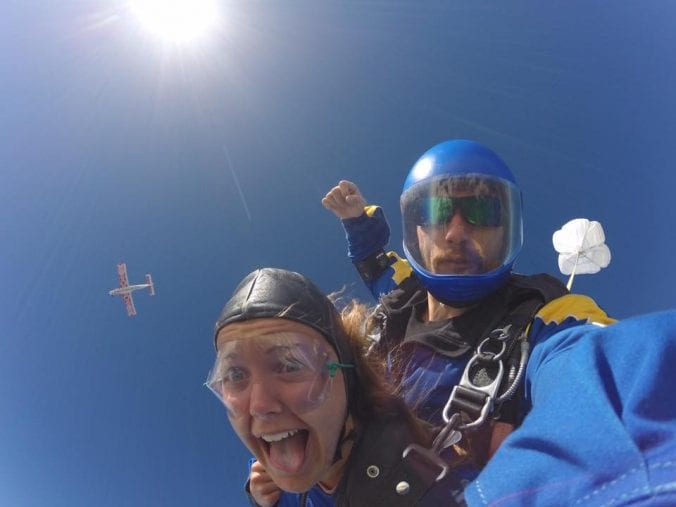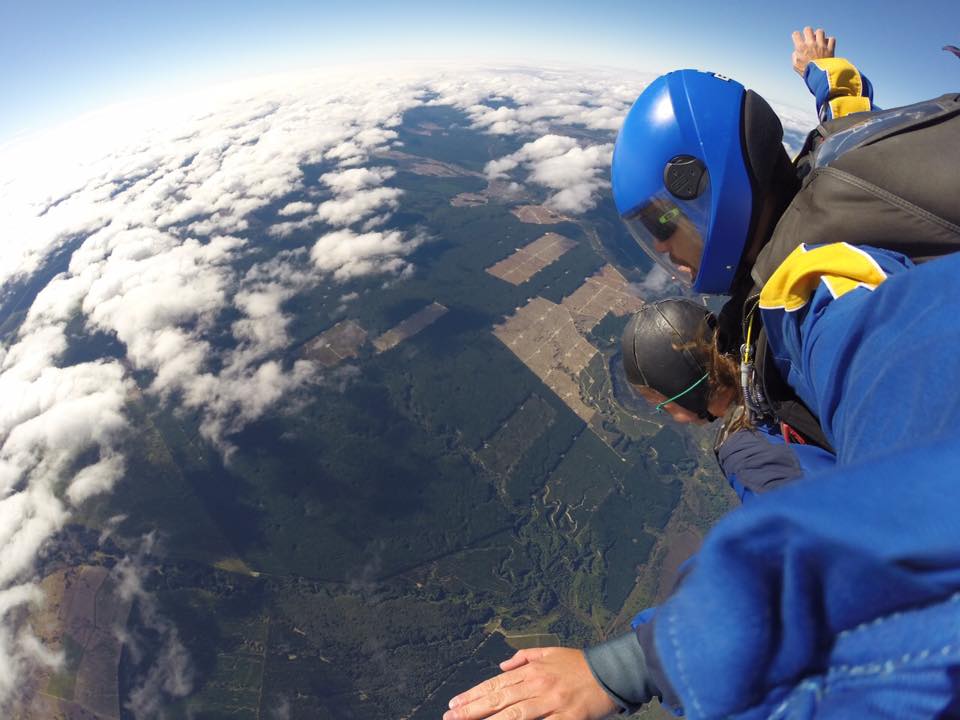Ailsa Harvey
Falling through the sky from a plane, at an average speed of 120mph, skydiving is unsurprisingly considered an extreme sport. The sport involves freefalling; gradually accelerating to reach terminal velocity. A parachute is deployed when closer to the ground and in cases of World Record attempts this requires great cognitive strength and quick thinking.
While many adrenaline seekers take part in tandem skydives to enjoy the experience, those who train as skydivers need to acquire important skills. These include maintaining stability and navigating your body during the fall, altitude awareness and canopy control. Wind tunnels can simulate the feeling of skydiving, giving people a chance to improve and perfect their skills safely.
Also referred to as parachuting, the sport became more mainstream once the military began developing parachute technology. Skydivingwas used as a tactical move during World War 2. After returning from war, soldiers took up the sport and held competitions. In the 1950s it was then accepted as an aeronautical sport by the FAI – World Air Sports Federation.
Did you know…
– Speed skydives can be as fast as 225mph.
– The first parachute jump was made by André-Jacques Garnerin on 22 October 1797. He was the inventor of the parachute and tested it from a hydrogen balloon 3,200 feet in the air.
– Often skydivers use automatic activation devices during their jumps. This means that if they pass out on the dive, their parachute will automatically deploy at a certain altitude.
– The youngest person to complete a skydive was 4-year-old Toni Stadler from South Africa, who fell from 10,000 feet in a tandem jump.
Have you ever jumped from a plane? How did you feel in those first few seconds?




Leave a Reply